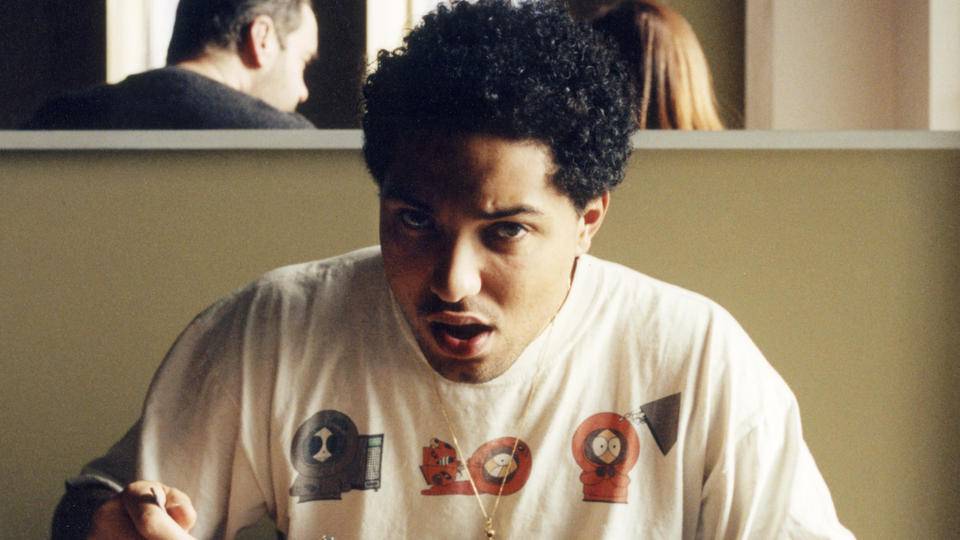6 Steps To Bounce Back From Fitness Burnout

Most stuff we read about exercise is designed to give us a kick up the bum and get us moving, but some of us actually move too much. And if we don’t rest and recover enough, we experience burnout.
The term comes from the image of a burnt-out house; it has an intact outer shell but head inside and you’ll face devastation. We may look okay to the outside world but when we’ve pushed ourselves so far into the red we’ve inadvertently self-sabotaged our fitness we will feel a real mess inside. We will be deeply exhausted and noticing general aches and pains. We may struggle to sleep and be battling more colds or niggly injuries. When we really sit up and take notice is when we are working hard but our performances are going downhill. The harder we try, the slower we go. And the more we try, the bigger the hole we dig ourselves into.
The training we do at the gym breaks us down. It's recovering and resting afterwards that makes us stronger as our muscles and cardiovascular system adapt to compensate for the stress we have applied, helping us improve. Without enough rest the adaptation doesn’t happen. If, as well as the gym, we throw into the mix working hard in a job, playing hard in our social life and trying to stay on top of life chores we have too much on our plate to recover fully. So we burn out. But fear not - here's how to recover.
'While you're resting up, why not enjoy one of these amaze smoothies?'
'
'
1. Sloth on the sofa
If you think you might be getting into a burnt-out state take a couple of days off training completely. Drink lots of water and eat plenty of healthy food to help your body recover. If you're still not recovered, take two weeks off. The main aim is to have lots of rest. Then get back into in slowly; with a session every other day for two weeks.
2. Say no
When we love sport and exercise, races and competitions can seem like shiny coins we love to collect. But if we push ourselves when we are already burnt out the deeper the hole we get ourselves into and the longer recovery will take.
3. Find something else shiny
If you find yourself getting too involved in your workouts and can see your recovery is getting compromised then find something else to try; something you’ve always wanted to do like maybe piano lessons, crafting or watching every season of Geordie Shore. This will give you space and some more perspective.
4. Set a goal
If you are goal-driven, then goal set your recovery. Decide what you want to aim for and consider what actions you’ll need in place to do this. You might want to focus on feeling in full health, being able to jog parkrun without feeling shattered or loving your sport again. Then figure out what is needed to achieve this. Maybe sticking to a certain number of rest days per week, doing no exercise over 70% of your max heart rate or trying a different type of exercise for a while.
5. Use a training diary
Logging your workouts in a training diary will help you see if you are heading towards burnout so you can make tweaks to your training as you go along - track what exercise you did and when, your muscle soreness and how tired you are (score out of 10), whether you are enjoying it or starting to get frustrated or any negative thought patterns. You could also include your resting heart rate and if it starts to get to 10-15 beats per minute higher than normal check out if you’ve got any other burnout symptoms.
6. Track your stress
Use the time you are off training to identify all the areas of stress in your life and work out how to reduce some of them. They can be things like money worries, big work projects, exam or relationships. Taking an inventory of all the stresses in your life can help you see how much pressure you have subconsciously put yourself under.
'Words by Dr Josephine Perry'





